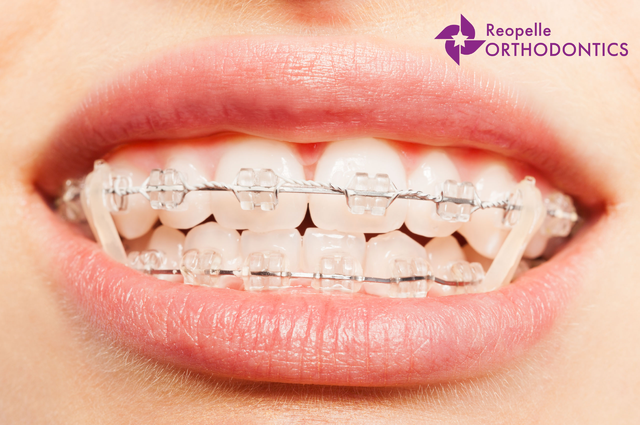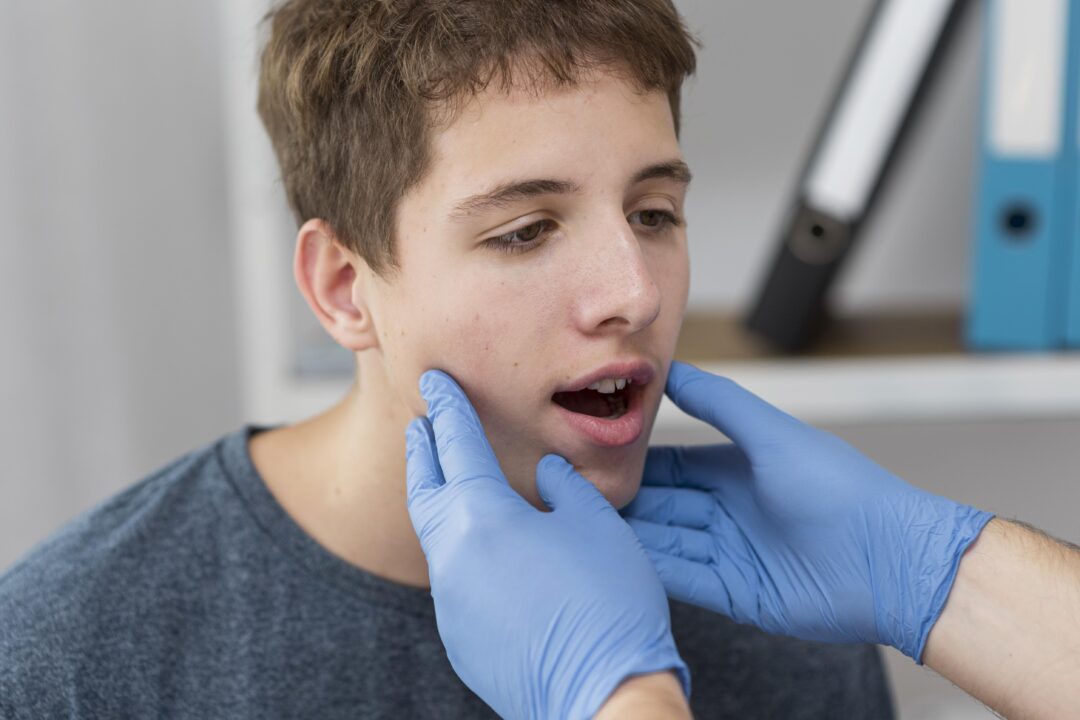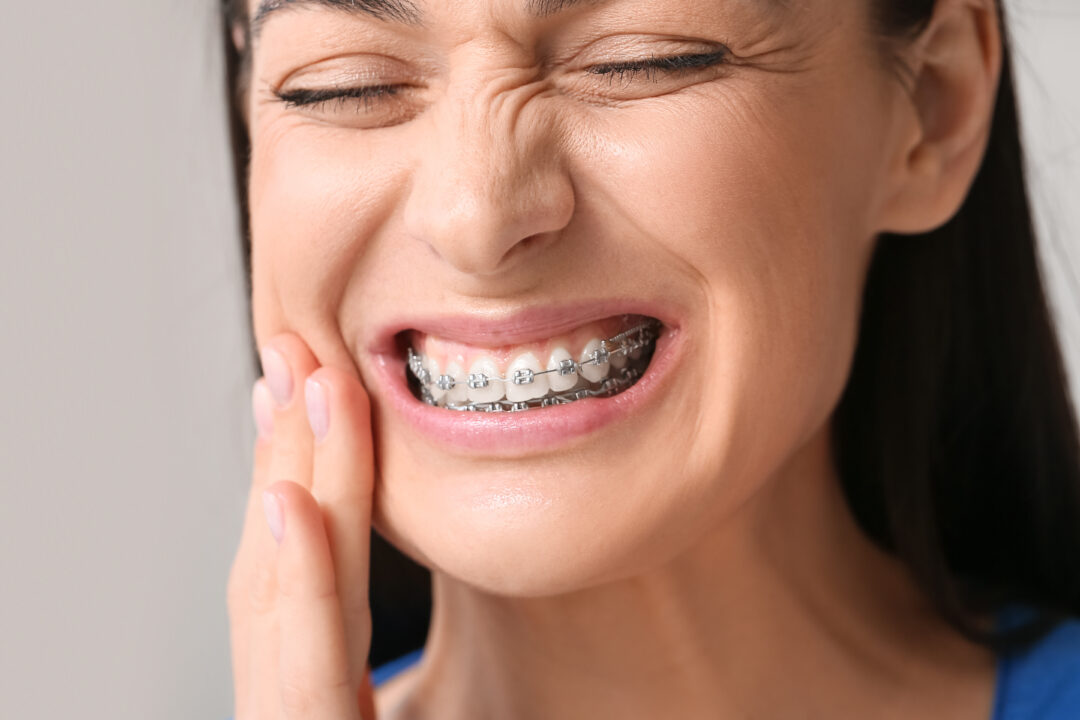Efficiency Enhanced By Elastic Ligatures in Braces Orthodontics

Orthodontics can take a long time. This is what very few people say. But you have to believe us; just a few decades ago, having orthodontic braces was an endurance process for patients.
Instead of cementing brackets on teeth, orthodontists used to cover teeth with a metal band to attach the archwire. So, you might imagine the process was painful, uncomfortable, and almost eternal.
However, today, orthodontic treatments are fast, comfortable, and discreet, allowing better hygiene. Moreover, traditional braces include several complementary elements that enhance treatment efficiency.
Rubber bands, elastic ligatures, or simply elastics are elements from an orthodontic system an orthodontist uses to apply force to a specific area. Concretely, elastics affix to brackets in many arrangements.
An orthodontist often attaches the rubber bands securing them with a metal hook on a bracket, stretching it to a specific point to exert increased force. You might have guessed, and yes, it helps enhance efficiency.
Additionally, new methods, appliances, and devices enhance treatment outcomes through efficiency and faster results. Moreover, patients wearing braces might experience rubber bands or elastics at some point during treatment.
What Do Rubber Bands Do for Braces?
We’ve just mentioned. First and most important, orthodontists apply extra strain in particular and precise mouth areas. Orthodontists know how and where to position a rubber band, so it helps neutralize the displacement of a jaw while making their opposite move.
Also, orthodontists use anchorage hooks strategically located in definite braces and hitch a side on it, stretching it to another hook depending on the misalignment.
In short, rubber bands assist braces in helping adjust several misalignment types:
Overbite
It is classified as Class II malocclusion when the upper jaw or (maxilla) protrudes further than the lower jaw (mandible). In this case, the orthodontist uses elastics to move the mandible forwards.
Underbite
The underbite or prognathism falls under a Class III malocclusion type and occurs when the lower jaw (mandible) protrudes further than the maxilla. Therefore, an orthodontist uses rubber bands to get the lower jaw backward mechanically.
Open Bite
An open bite is a malocclusion characterized by an open space with the front teeth not touching each other at the bite. As a result, the front teeth incline outward, forming a gap when the mouth shouts.
Crossbite
A crossbite occurs when teeth are not fitly in line with the teeth in the opposite arch when the mouth is closed. In ordinary circumstances, the upper teeth are wider and rest on the outer part of their bottom counterpart.
The main issue with a crossbite is that, in normal circumstances, the pressure of a bite spreads evenly in the teeth. If you have a crossbite, some of your teeth might suffer damage from the improper bite.
What Are the Types of Elastics in Orthodontics?
There are several categories of rubber bands according to their different uses and some other characteristics:
Elastics by Force
There are rubber bands that are sturdier than others and, consequently, can generate more pressure. On the other hand, orthodontists might require subtle strain. Accordingly, there are three types of bands according to the force they can exert:
- Light,
- Medium, and,
- Heavy.
Orthodontists control the level of force needed for each part of the progression plan. The form to control force levels is measuring it. So, orthodontists calculate the force in ounces (oz) or grams (gr).
Elastics by Size
The size depends mostly on how much the band needs to stretch according to the specific needs determined in the plan. Regarding size, rubber bands vary in diameter, commonly in inch fragments.
Elastics Material
Materials depend highly on the patient’s requirements regarding allergies. Latex is the most common material in elastics and is usually the most flexible. However, some patients require hypoallergenic synthetic materials.
Elastic Bands According to Their Use
The most relevant classification of rubber bands is according to their purpose. The frequent elastic band uses are
Class I
Your orthodontist places them in the same jaw, mainly used to solve diastema, which is to close gaps between teeth.
Class II
They connect the molars of the lower jaw (mandible) with an anchorage in the upper jaw (maxillary). Class II elastics serve to correct an overbite described above. They commonly have a more extended size and are resistant because they connect both arches.
Class III
Class III has an opposite position than Class II, connecting the upper jaw with molars in the lower jaw. Our readers picture it clearly; the specialist uses them to correct underbites.
Vertical
These rubber bands help close the gaps from an open bite linking the matching teeth in the upper and lower jaws.
Cross
An orthodontist uses them in a crossed fashion connecting teeth front between jaws and helping solve crossbites.
How to Put Ligatures on Braces?
Depending on the malocclusion type, your orthodontist also places brackets with hooks that serve patients to put the ligatures themselves.
First, you must identify the hooks in your teeth brackets. Next, grab a ligature pressing one side with a tweezer, making the opposite side form an arch you must attach to the leading hook.
Then hold the opposite side of the band, stretching it to reach the corresponding hook, anchoring it so the elastic band secures and also expands to the fullest.
What Happens if You Lose a Ligature on Your Braces?
From a functional perspective, the orthodontic system won’t progress if you lose a ligature. However, if you have an extra set of ligatures, we recommend following the steps described above. If you don’t have ligatures or they broke, contact your Reopelle Orthodontics to help you fix the issue as soon as the problem occurs.
Caring Orthodontics for the Best Results
At Reopelle Orthodontics, we create smiles that matter. Our patients know and palpate the importance of having a healthy and beautiful smile. Check our website and schedule an appointment or visit us; our caring staff will ensure a comfortable ambiance making your new smile journey a fascinating experience.



